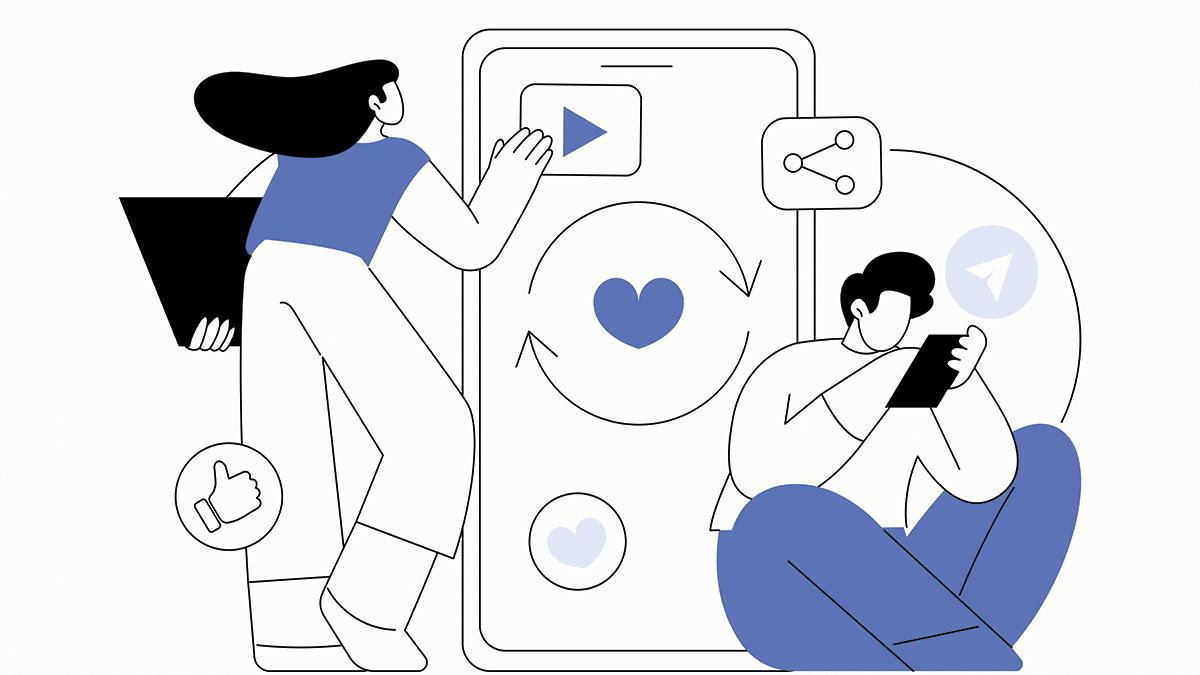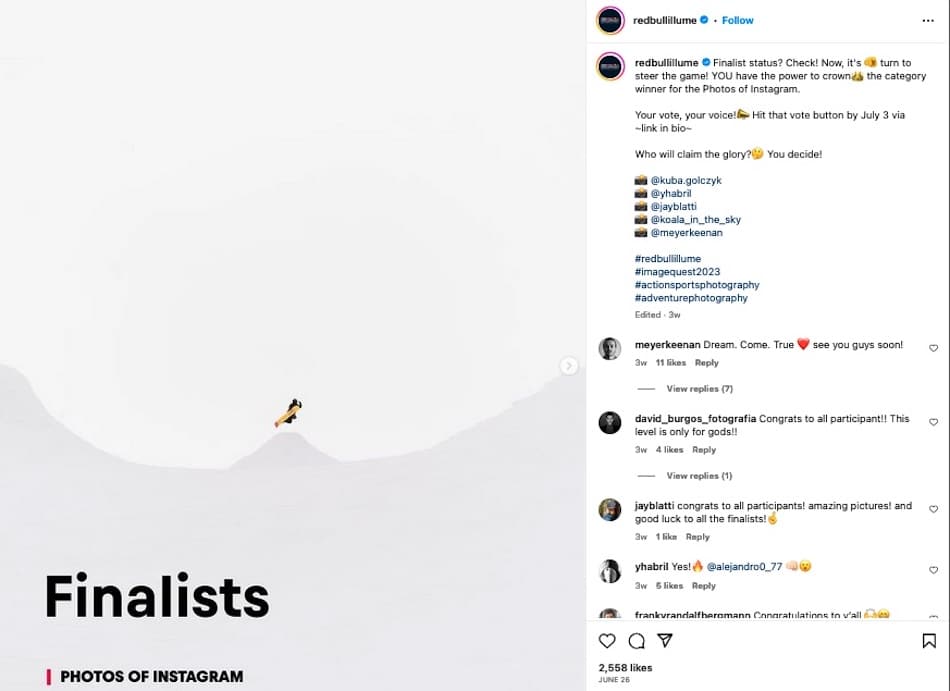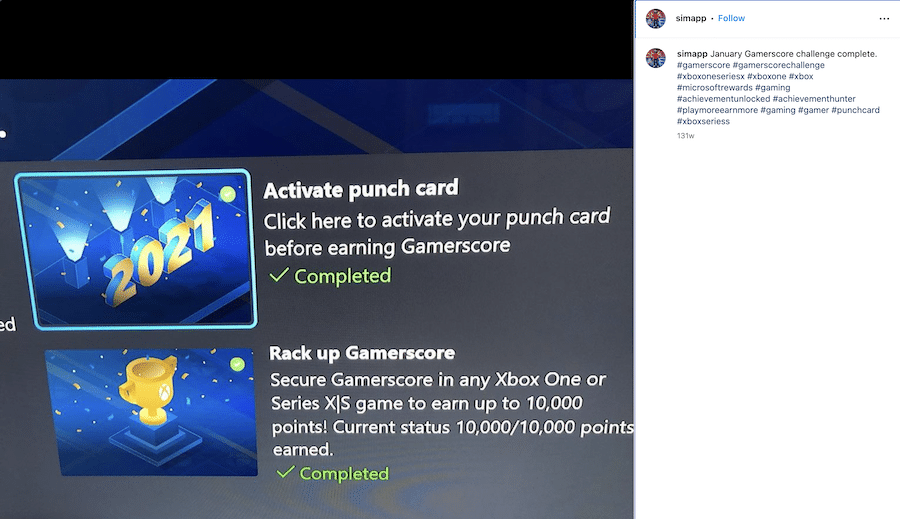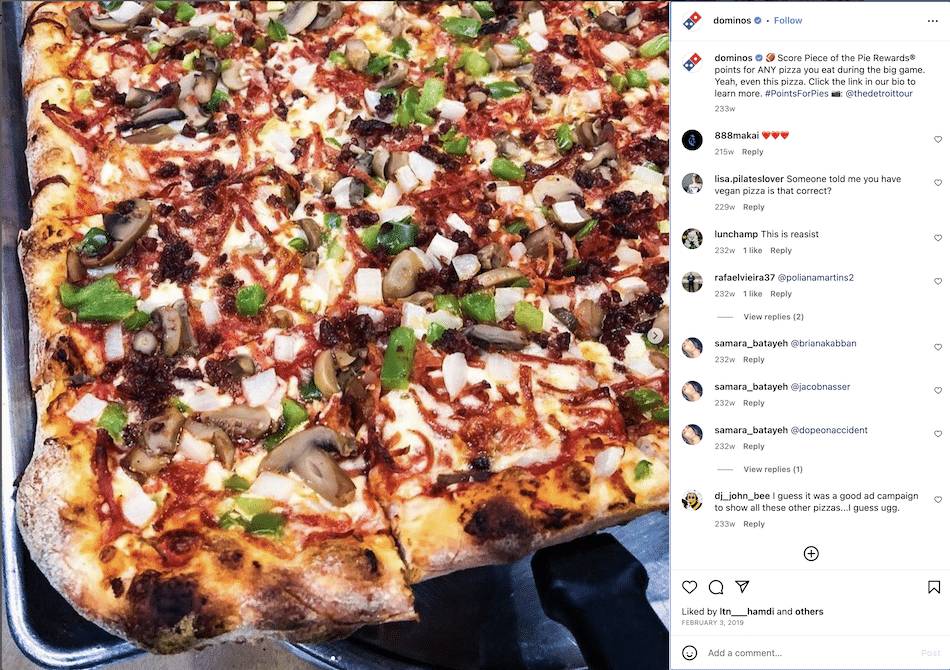
Let Us Play: 5 Gamification Tactics To Boost Your Social Media Engagement
People love games and achieving—and people can love your brand when you associate it with play and achievements. Gamification has become a remarkably effective tool for businesses to enhance engagement on their social media platforms. By applying game mechanics and principles to their social media content, companies can motivate users to interact with their brand. Incorporating elements like competition, rewards, and challenges creates an interactive and immersive experience that encourages users to engage more with the brand.
Gamification may sound like a modern concept, but it’s been around for decades. Anytime a brand has told you to “collect ‘em all” or encouraged you to earn badges for completing tasks—these were early examples of gamification principles. Even loyalty programs that reward customers with points or discounts are rooted in gamification.
What can gamification help solve?
But what pain points can gamification solve for you and your marketing team as you try to stand out in a crowded digital landscape? Introducing game mechanics and principles into social media campaigns can enable marketers to address some common challenges:
-
-
Low engagement and limited reach
Getting your audience to actively engage with your content can be a challenge. Gamification can capture their attention and encourages them to participate. Elements like contests, challenges, and rewards can create enthusiasm with your target audience and drive them to engage—plus your reach could extend as they share their wins with others.
-
Lack of audience attention
With so much content on so many social media platforms, it’s a challenge to capture user attention and differentiate your brand. Gamifying their experience can help you cut through the noise by adding fun, excitement, and competition to your social media presence. When you incorporate interactive devices like quizzes, polls, and challenges, you create a unique and engaging experience that entices users to participate and share.
-
Lack of customer loyalty and repeat engagement
It’s a key challenge to capture customers beyond their basic use of your offering. What can help build their affinity with you? Gamification provides a powerful incentive for users to return and engage regularly. By implementing progression systems, point-based rewards, and exclusive content, you create a sense of achievement and unlockables that motivate users to continue interacting with your brand. One great example is Nike’s Run Club app, which tracks users’ running activities and motivates them with virtual badges, achievement metrics, and even personalized coaching plans as they progress.
-
Lack of data collection and insights
Companies are consistently thirsty for the type of data that enables them to strategize towards a solid customer base. Gamification offers valuable data collection opportunities, and can enable you to gather insights into customer preferences, behaviors, and opinions. You can then use that data to shape your social media marketing strategies and personalize content to better meet your audience’s needs.
-

How gamification in social media works in the marketplace
Social media platforms can become ideal proving grounds for you to implement gamification strategies and increase audience engagement. Here are a few real-life examples of how businesses leverage gamification in their social media publishing strategy:
-
Contests and challenges
These are the primary tactics that many companies start off with on social media to gamify their marketing efforts. Encouraging users to participate in activities like caption competitions, trivia quizzes, or sweepstakes enables you to generate enthusiasm through interaction with your brand. Since 2006, Red Bull has hosted the Red Bull Illume photo contest, through which it invites users to submit their best action sports photographs for a chance to win various prizes. By letting participants share their experiences and compete with one another, Red Bull fosters a sense of excitement and friendly competition that drives engagement with the brand.
-
Badges and rewards
Similar to video game badges, you can award digital badges or rewards to users who achieve specific milestones or complete desired actions associated with your brand. LinkedIn, for instance, grants users a Top Contributor badge for active participation in discussions—this motivates further engagement and showcases their expertise within the professional community.
-
Progression and unlockables
You can up the stakes and ramp up enthusiasm when you show users how they’re progressing, what content they can unlock, and how they can share on their socials. As an example: Xbox’s #GamerScoreChallenge on Twitter motivated gamers to share their mounting GamerScores and their unlocked in-game rewards and Xbox store discounts. The challenge sparked friendly competition among players and encouraged them to share their gaming experiences, boosting social media interactions and brand advocacy.
-
Interactive polls and quizzes
Social media polls and quizzes present a fun and interactive way to engage the audience. Sephora, a renowned beauty retailer, frequently uses Instagram stories to host interactive quizzes that help customers discover their ideal makeup or skincare products. By asking questions related to the industry and involving users in the decision-making process, Sephora creates a sense of involvement and gains valuable insights into customer preferences.

Five gamification tactics for your social media strategy
Now let’s delve into specific tactics that you can use to boost engagement with your target audiences:
-
Create interactive challenges
Develop creative challenges related to your brand or industry that encourage users to participate and showcase their skills or personality. For instance, clothing retailer ASOS launched the #AsSeenOnMe campaign, urging customers to share photos of themselves wearing ASOS clothing in unique ways. By doing so, participants got a chance to be featured on ASOS’ website and social media platforms, fostering a sense of achievement and encouraging engagement.
-
Implement point systems and leaderboards
Introduce a point-based system or leaderboard to encourage regular engagement. For example, Starbucks’ My Starbucks Rewards program allows customers to earn stars for each purchase, ultimately leading to different membership tiers with exclusive benefits. By publicly recognizing active participants and showcasing their progress, Starbucks creates healthy competition and motivates others to join in.
-
Offer exclusive rewards and discounts
Give exclusive rewards or discounts to users who actively engage with your social media content. Domino’s Pizza successfully implemented this strategy in 2016 with their “Piece of the Pie Rewards” program. By encouraging customers to share their love of the brand with photos on their Instagram and Twitter for a chance to receive store profits to the tune of $10,000, Domino’s incentivized engagement, drives repeat purchases, and fosters customer loyalty.
-
Use rewards during live events and Q&A sessions
You can use rewards to boost interactions with your audience when you do a live event or Q&A session on your social platform. Encourage viewers to ask questions and participate, and reward active participants with exclusive discounts and product giveaways. For example, during their live Instagram events with makeup artists and beauty influencers, beauty brand Sephora rewards participation with limited-edition beauty kits, discounts, or early access to new product launches.
-
Collaborate with influencers and brand ambassadors
When you work the achievement side of gamification, you can partner with influencers or brand ambassadors who align with your brand values and target audience. For instance, fitness apparel brand Gymshark collaborates with fitness influencers to host workout challenges on social media. Participants are encouraged to complete specific exercises and share their progress, with Gymshark offering prizes and recognition to those who actively engage. This collaboration expands Gymshark’s reach, increases engagement, and attracts new followers who are intrigued by the gamified approach.

The bottom line
Gamification can help solve several pain points for social media marketers. It can increase engagement and reach, help brands stand out in a saturated content landscape, drive customer loyalty and repeat engagement, and yield valuable data and insights. Gamification tactics in their social media campaigns enable marketers to create a more immersive, interactive, and rewarding experience for their audience. And that can ultimately lead to more brand awareness, customer engagement, and better results.
You can integrate gamification into your optimized social media marketing strategy with automated content management and posting capabilities from dlvr.it. Find out how dlvr.it can help you get it done.
Ron Nachmann
IN THIS ARTICLE



